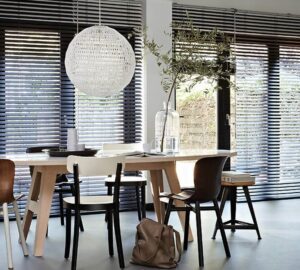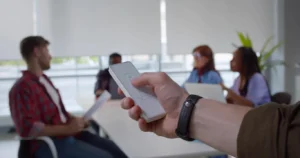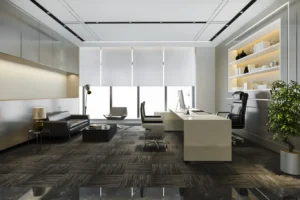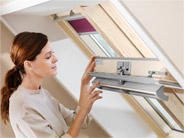The history of the curtain is older than the window!
And of course, that’s because curtains are curtains. For example, they could cover the entrance to a home or a room before windows even existed. But curtains have also been used in front of mirrors, paintings and beds – think alcoves and four-poster beds.
The purpose of curtains at entrances and windows has always been to protect against cold, draughts and insects, keep out sunlight and heat during hot periods, and screen out views.
In the old days, windows were just small holes that were mostly about letting in daylight. Thin skins were used in the openings to keep out the weather, wind, insects, dust and cold, while allowing at least some light to enter the home.
Or you could just use shutters. Back then, window glass was impossible for ordinary people to afford and was only available to the rich.
As houses got bigger windows, they figured out how to make curtains that could be pulled open and closed. A little later came the predecessor of the folding curtain, a curtain with a pull-up across the entire width of the window, followed by roller blinds and Venetian blinds.
Throughout history, curtains have increasingly played an aesthetic role. Long side curtains are draped decoratively around the curtain rod in large arches, often with bows, tassels and other embellishments.
The material used for curtains also changes with fashion, from lightweight and almost transparent to large, heavy velvet curtains with embroidery. In the mid-1800s, people started switching between summer and winter curtains, and the curtains often hung behind a stiff sheath that concealed the rod, holes and straps, or whatever else the curtain was fitted with.
When blinds and roller blinds became common, the hanging curtains changed function again and became more of a frame around the window area. Many people still use this combination.
Here’s an interesting article on curtain history.










